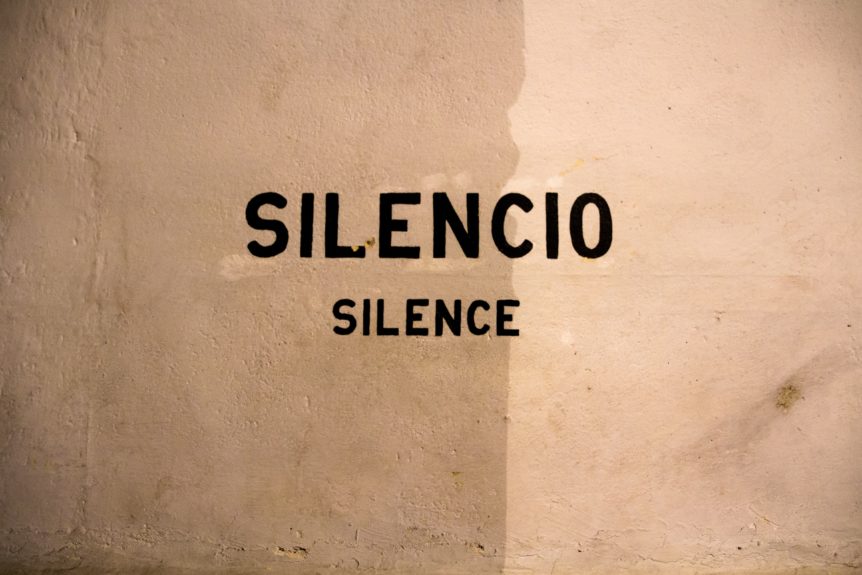We’ve all seen it.
The moment in a workshop or a meeting when the silence steps in and just sits there. Your participants have stopped talking, and you don’t know what to do.
Silence is powerful. It can strangle a workshop or revive a meeting. I’ve been in uncomfortable silence as both a facilitator and a participant. I’m here to tell you that silence can tell you a whole lot. Here are a few things that can be at play when the room goes quiet.
Look for the Shift
Robust outcomes are possible when multiple perspectives are in the room. Tension and conflict are possible when multiple perspectives are in the room. This is why some leaders prefer small groups and leave out certain people. But, that’s another post for another day. Ask yourself two key questions when a tough conversation stalls and stops. What does this moment need? Who can provide it? Trust the group. It will show up when it’s supposed to show up. The right person will say the right thing at the right moment. Fight the need to speak or question. Be quiet and let it happen.
Dancing Elephants
There are times when researching context and dynamics just isn’t enough. Unresolved issues and lingering conflicts can creep in and dance in the middle of the conversation. They can create uncomfortable silences that are known and not acknowledged. Many organizations believe deeply rooted issues can be healed in a 3-hour team building session or a half-day retreat. It takes hard work to confront those elephants. You may have to use your professional judgment and decide the best way forward.
People Need Time to Think
Sandra Janoff is an OD practitioner who believes silence is pretty simple. She offers the idea that people need time to think and process. Sandra has been doing great work for a long time, so I believe her. Sometimes, we forget about the people in the room. We overlook people who need time to consider new things. I used to throw words at the silence and hope something stuck. Sometimes it did. Most times it didn’t. If you happen to be in this same place, take a step back and count to 50. Think about dinner. Predict a winning season for the Knicks. Do anything to endure the silence and wait for the room to break it.
The Room is Confused
Sometimes our facilitation is crappy. We’ve all had moments when directions weren’t clear or questions weren’t understood. The group is confused, and it doesn’t know what to do. Yup, that silence is all you. It’s an easy fix. Just ask them. They will tell you what they need. The hard part is being able to release the ego and move forward. The easy part is that groups will forgive you and won’t linger there unless you do.
Check Your Prompts
Workshop transitions should happen based on the desired outcomes for the next activity. Program reviews and brainstorming activities are two distinct types of engagement that require a different set of skills. This can be a reason why there is muted silence during and after the transition. Brainstorming and ideation require imagination, discovery, and exploration. It can be challenging to create a new world after evaluating data. Help them out.
Lead a quick dance session, or ask them to draw spirals for 2-3 minutes. It will feel awkward. Feel it, and do it anyway. These types of transitions will help your audience to activate the right side of the brain and fire up those creative muscles.
A training or meeting that grows quiet is not a mark on your ability to facilitate. We can choose how to interact with it. You can either listen to it or ignore it. Either way, you will get to your desired end. It just may take longer and cost more. I hope that we calm ourselves and find ways to follow the words of Sara Lawrence Lightfoot. Listen to the silence and hear what it has to say,



